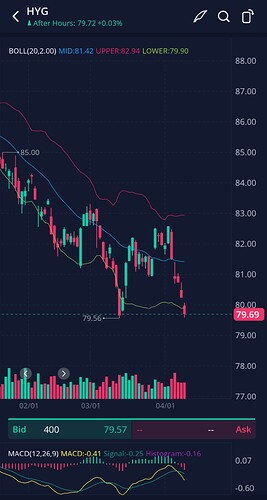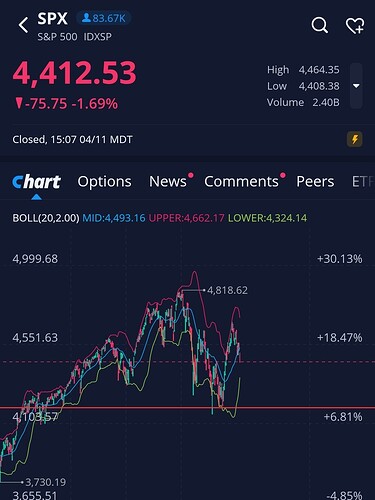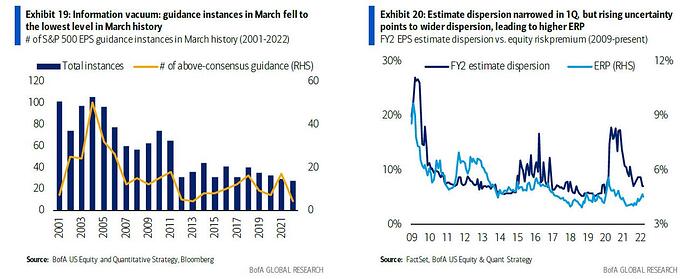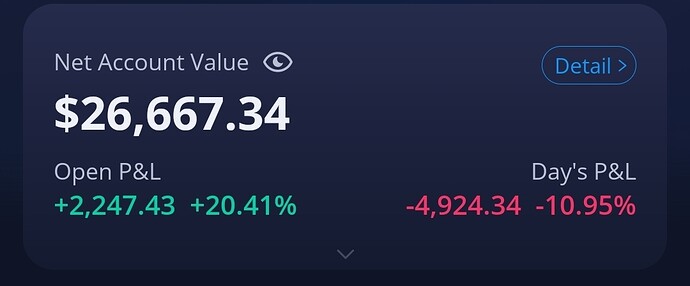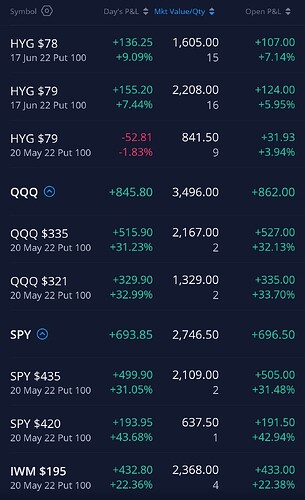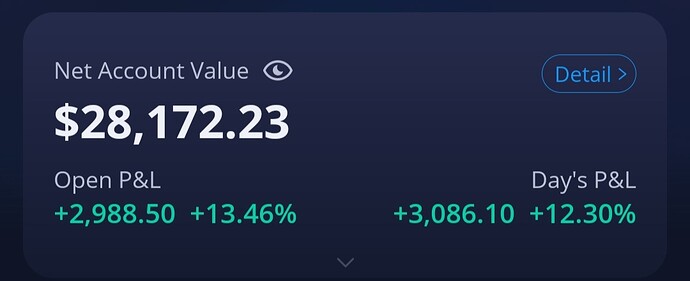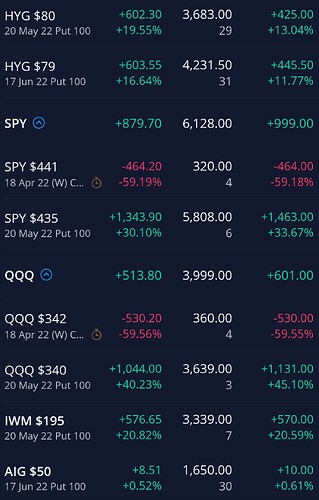[size=4]PPI highlights[/size]
- Final demand up 1.4% in March vs 1.1% expected
- Stripping out food, energy and trade services up 0.9% vs 0.5% expected
- These highlights are really bearish, and may indicate an upcoming hotter CPI print on the next one.
https://www.cmegroup.com/education/courses/learn-about-key-economic-events/understanding-consumer-price-index-and-producer-price-index.html
Since PPI measures the costs of producing consumer goods, and commodity and food prices directly affect retail pricing, PPI is seen as a good pre-indicator of inflationary pressures.
If there are large swings in commodity prices, the market will most likely focus on the PPI core reading as the most reliable statistic.
^Reminder that we’re up 0.9% vs 0.5% expected (doubly big) subtracting food and energy
Takeaway
- This PPI indicates that we should see a hotter-than-expected CPI print for the next one.
[size=4]JPM highlights in relation to consumer sentiment:[/size]
- Average deposits are up 13% YoY, and 2% QoQ
- Just for consumers, average deposits are up 18% YoY and 4% QoQ
- However, 11% YoY increase in credit card outstanding balances for consumers
- Combined credit and debit spending up 21% YoY
These highlights indicate that consumers are still spending and have decent cash balance in Q1 2022. This may mean continued stronger earnings reports from companies in the upcoming ERs in the short term. With sustained inflation though, as seen from earlier posts, consumers do see inflation as an issue and are keen on spending less. Perhaps in Q2/Q3 onwards the spending is gonna go down.
Looks like JPM is bullish for the economy for Q2 and Q3, and is uncertain after that.
The CEO of the biggest U.S. bank by assets said Wednesday that economic growth will continue at least through the second and third quarters of this year, fueled by consumers and businesses flush with cash and paying off debts on time.
“After that, it’s hard to predict. You’ve got two other very large countervailing factors which you guys are all completely aware of,” Dimon told analysts, naming inflation and quantitative tightening, or the reversal of Fed bond-buying policies. “You’ve never seen that before. I’m simply pointing out that those are storm clouds on the horizon that may disappear, they may not.”
Dimon’s remarks show just how quickly major events can change the economic landscape. A year ago, he said the U.S. was enjoying an economic “Goldilocks moment” of high growth coupled with manageable inflation that could last through 2023. But stubbornly high inflation and a host of possible impacts from Russia’s invasion of Ukraine have clouded that picture.
The risks spilled into view on Wednesday, when JPMorgan posted a 42% profit decline from a year earlier on increased costs for bad loans and market upheaval caused by the Ukraine war.
Takeaway
- Q1/Q2 and maybe Q3 earnings reports from companies may continue to show strength. However, all eyes will be on forward guidance.
- Around Q3 onwards, consumer demand may start to show weakness as inflationary pressures realize.
